If you’re new to meditation, it can seem overwhelming at first. But do not worry; anyone can start meditating.
It’s even easier once you follow these six (6) steps to create a meditation space (even if you have a small apartment or house).
Meditation for beginners is about taking small steps, finding what works for you, and building your practice over time.
Disclaimer: As an Amazon Associate I earn from qualifying purchases. This means that I get commissions for purchases made through links in this post.

Why should you create a meditation space even in a small apartment or house?
In today’s fast-paced world, it’s essential to take a break and focus on your mental and emotional well-being.
One way to achieve this is through meditation.
Meditation is a practice that consists of training the mind to focus on the present moment, leading to a state of calm and relaxation.
Meditation can be practiced by anyone, regardless of age or background.
But, you will get more out of your practice once you choose a specific place and time to do your sessions.
Here is when meditation spaces, zen rooms, or zen meditation spaces come onto the scene.
In the next section, you’ll learn how to create one of these meditation spaces even if you don’t have a lot of extra space in your home.
6 steps to create a meditation space in a small apartment or house
No.1 Choose a corner in your house
Meditating on your bed or the couch is fine, but you will deepen your practice if you designate a particular space for it.
Since you likely don’t have an entire room (in your house) to dedicate only to your meditation practice, think of a room or corner that you don’t use frequently.
Find a spot that is away from main areas like hallways or the kitchen, and that gets natural light. A corner next to a window works great for this purpose.
If you have a small mat you can add to this place, great! Use it!


But if not, find a small, thin rug to add to your meditation room.


It may not sound like much, but this is the first step in creating your meditation space in a small apartment or house.
No. 2 Clean and organize your meditation space
Once you choose the spot you want to use, be sure to clean it up and put away anything that doesn’t belong there.
If you don’t have enough space, you can use baskets or bins to store extra things.
Clean the walls and paint them with a light color, but if this is not possible, use wallpapers to change the color of your walls.


All of this will give a zen feeling to the room, which is what you should be looking for.
No. 3 Make it comfortable
When meditating, you should be comfortable with what you are wearing and where you are sitting.
Some people can meditate without any problem on a mat. But, if you’re like me, you’ll want to add something else.
One way to create a comfortable meditation space is to add some pillows, foldable cushions, or small chairs to it.
For a cozier feel, choose colors that match the walls and carpet you chose in step one.
No. 4 Add nice sounds or smells
So far, you have created a harmonious area that will work well for your meditation.
But there are other things you can add to it to make it even more enjoyable.
The third step to creating a meditation space in an apartment or small house is to add candles, sound machines, or water fountains.
Keep it simple because you don’t want to clutter up your space and feel overwhelmed afterward.
You can also use incense to create a zen atmosphere.
No. 5 Think about adding plants
Plants are a great option for your meditation space, as they clean the air and brighten up any space.
Also, choose planters that match the colors of the entire room that way you maintain balance and harmony.


You can use flowers, but you will have to plan to change them more often.
Artificial plants are also an option if you don’t have a lot of time to care for real ones.


No. 6 Give it more uses
The good thing is that you can give other uses to this space.
But, don’t worry about everything related to meditation and mindfulness.
If you place a small table, you can use this space to write in your journal, which is a great thing to do after meditating.


Or you can use it for yoga, and add a mirror to view your poses and correct your posture along the way.


Yoga blocks and other yoga/pilates equipment can also be of great help.
Now that you know the 6 steps to create a meditation space in a small apartment or on a horse, I want to show you some ideas on how you can organize it all.
Mediation space decoration ideas (zen room) in an apartment or small house
Your meditation room should be comfortable and make you feel grounded.
Here are some ideas on how to make this possible.
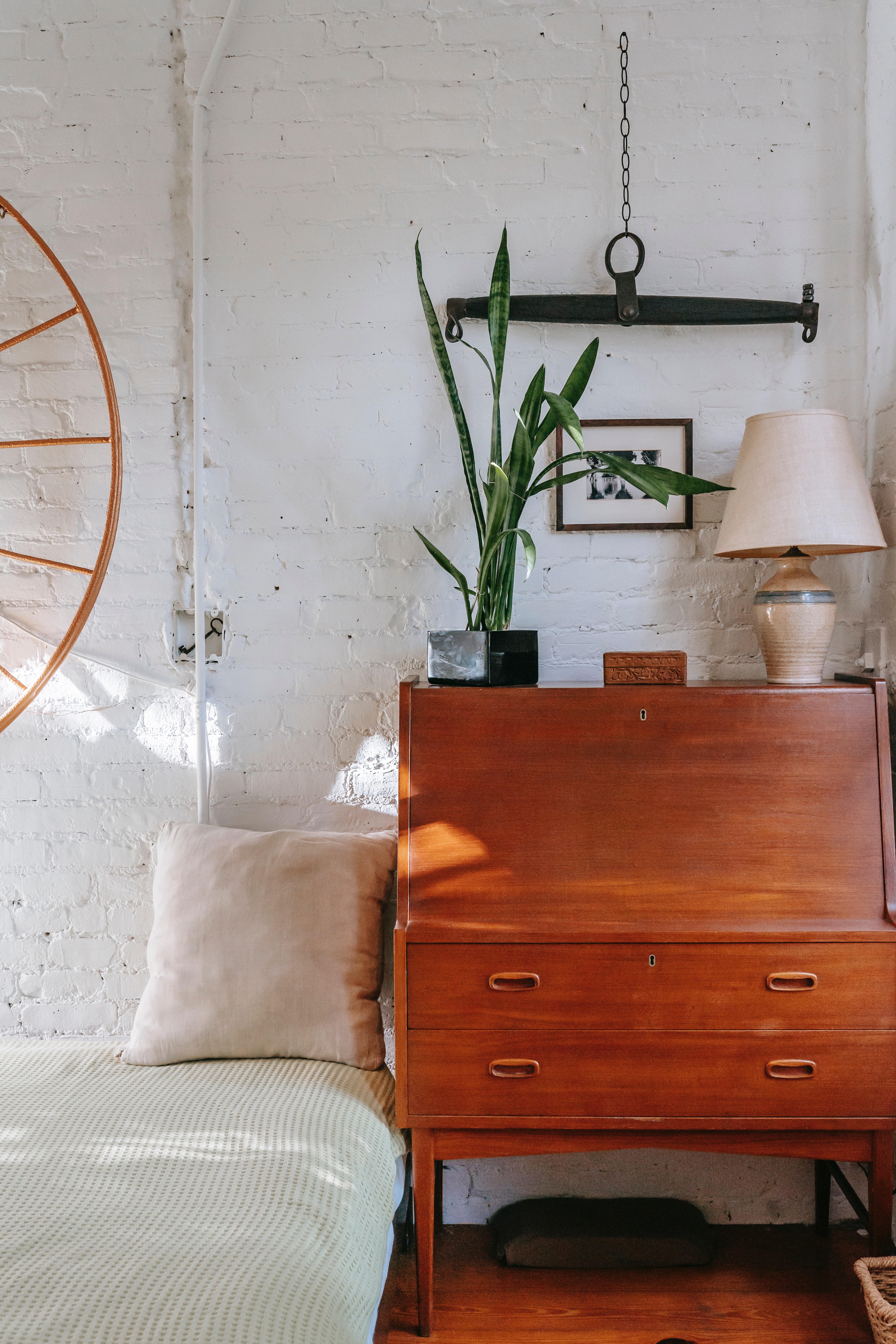
This space should convey peace and relaxation, so remember to keep it simple and not put too many things that overwhelm you.
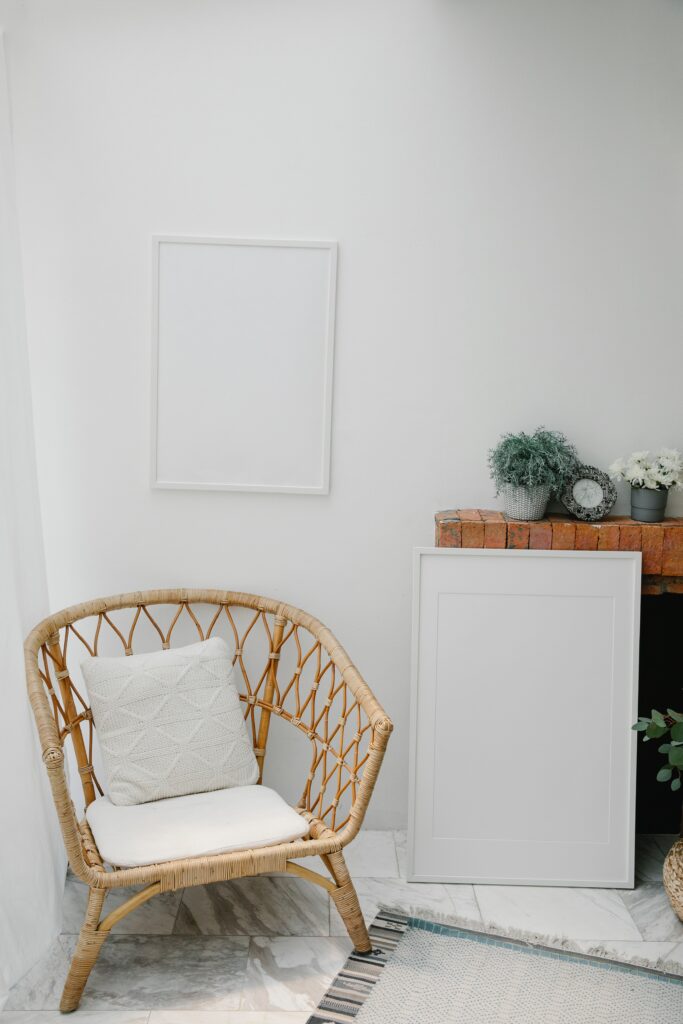
Keep it clean as you will be spending time in this your room and you don’t want dust or random objects getting in your way.
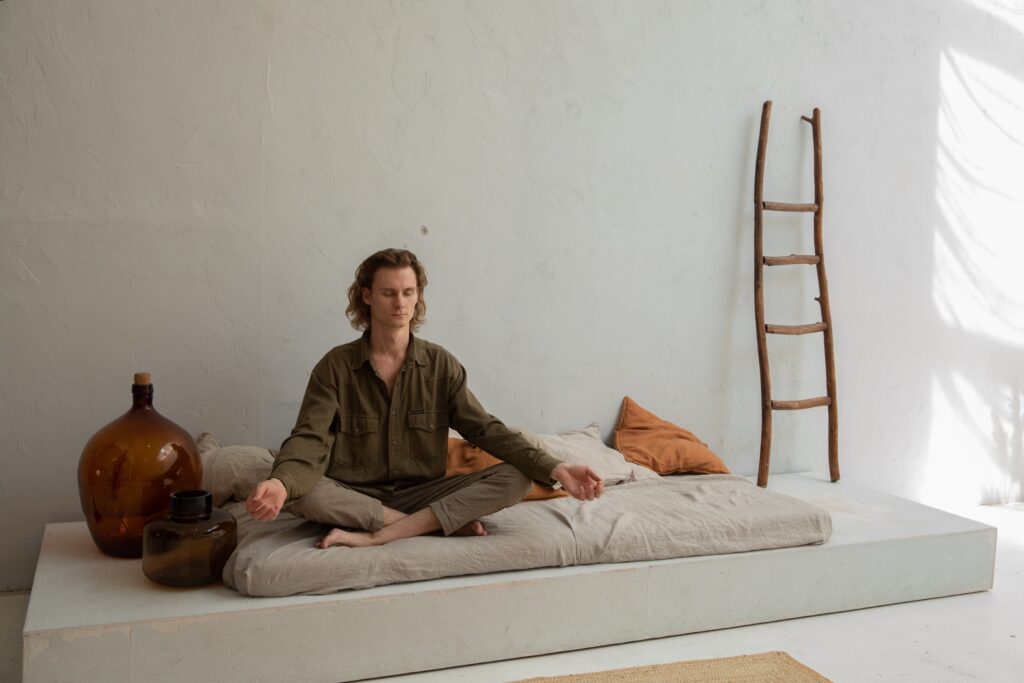
Conclusion
Meditation is a practice that has been around for centuries and is becoming more popular in today’s world.
It is an ancient technique that consists of training the mind to focus and achieve a state of calm, relaxation, and mental clarity.
You would get the most out of your meditation session if you do it from a clean, private, and harmonious place.
This article covered the 6 steps to creating a meditation space in a small apartment or house.
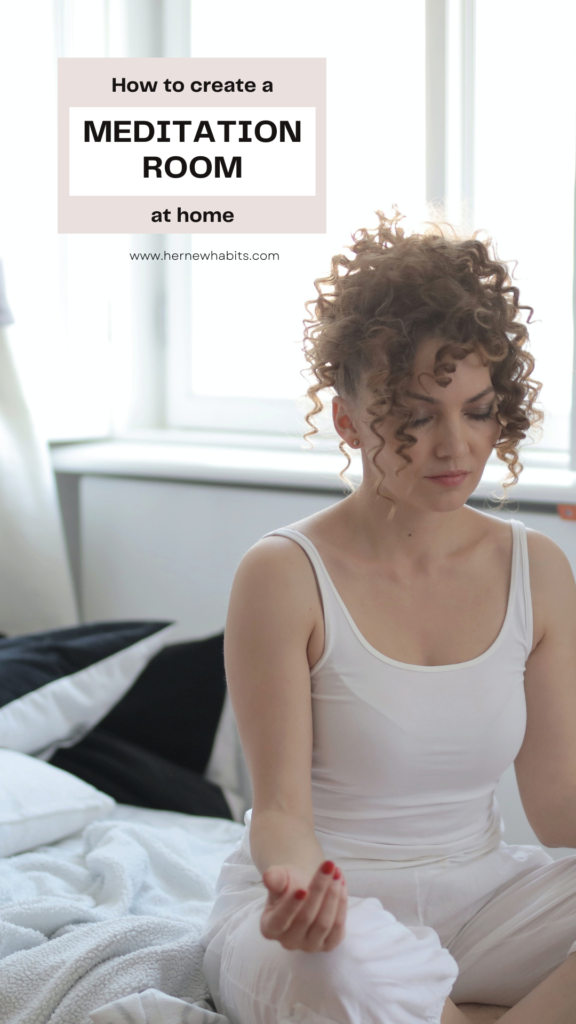
F.A.Q
How big should your meditation room be?
There are no specific measurements for this. Choose a corner of your house that you don’t use often, away from noisy areas.
How can I create a meditation room on a budget?
You create a meditation space using things you already have in your house. Use pillows or a mat and add plants if you like.
What if I don’t have a free corner in my house?
Choose a room in your house where you can sit quietly for a few minutes. Avoid your bed because you may go to sleep.
Disclaimer: As an Amazon Associate I earn from qualifying purchases. This means that I get commissions for purchases made through links in this post.

















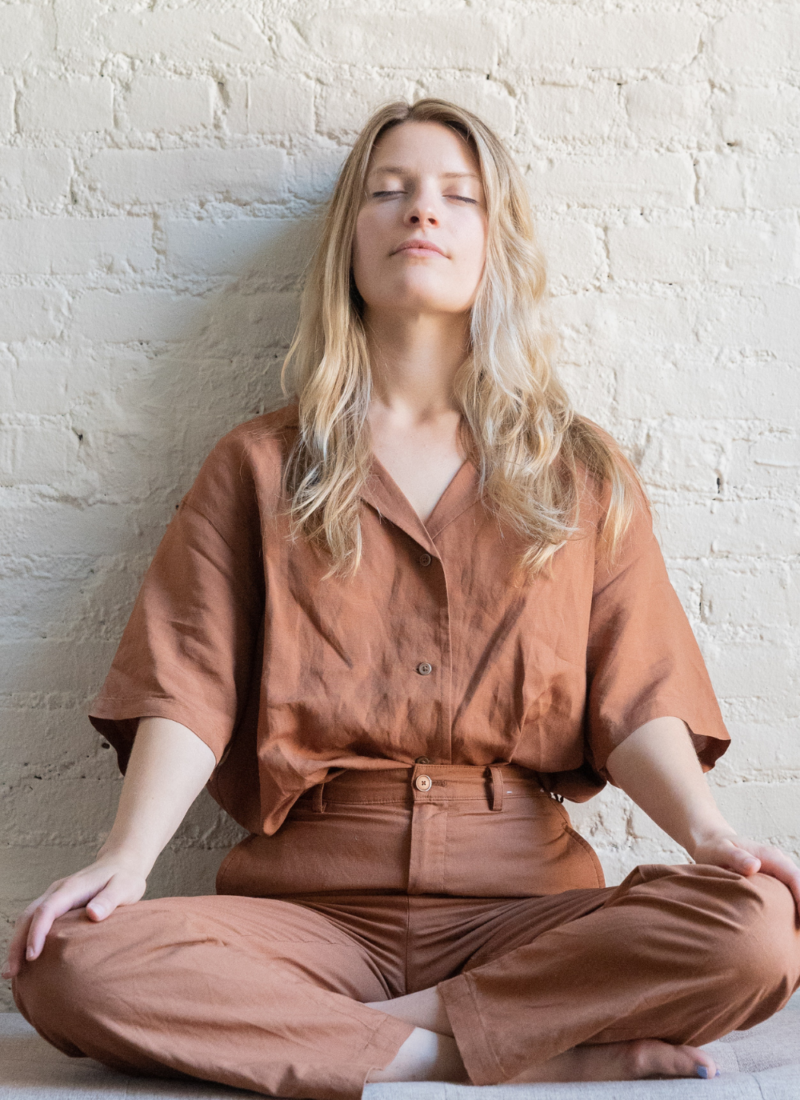



Leave a Reply